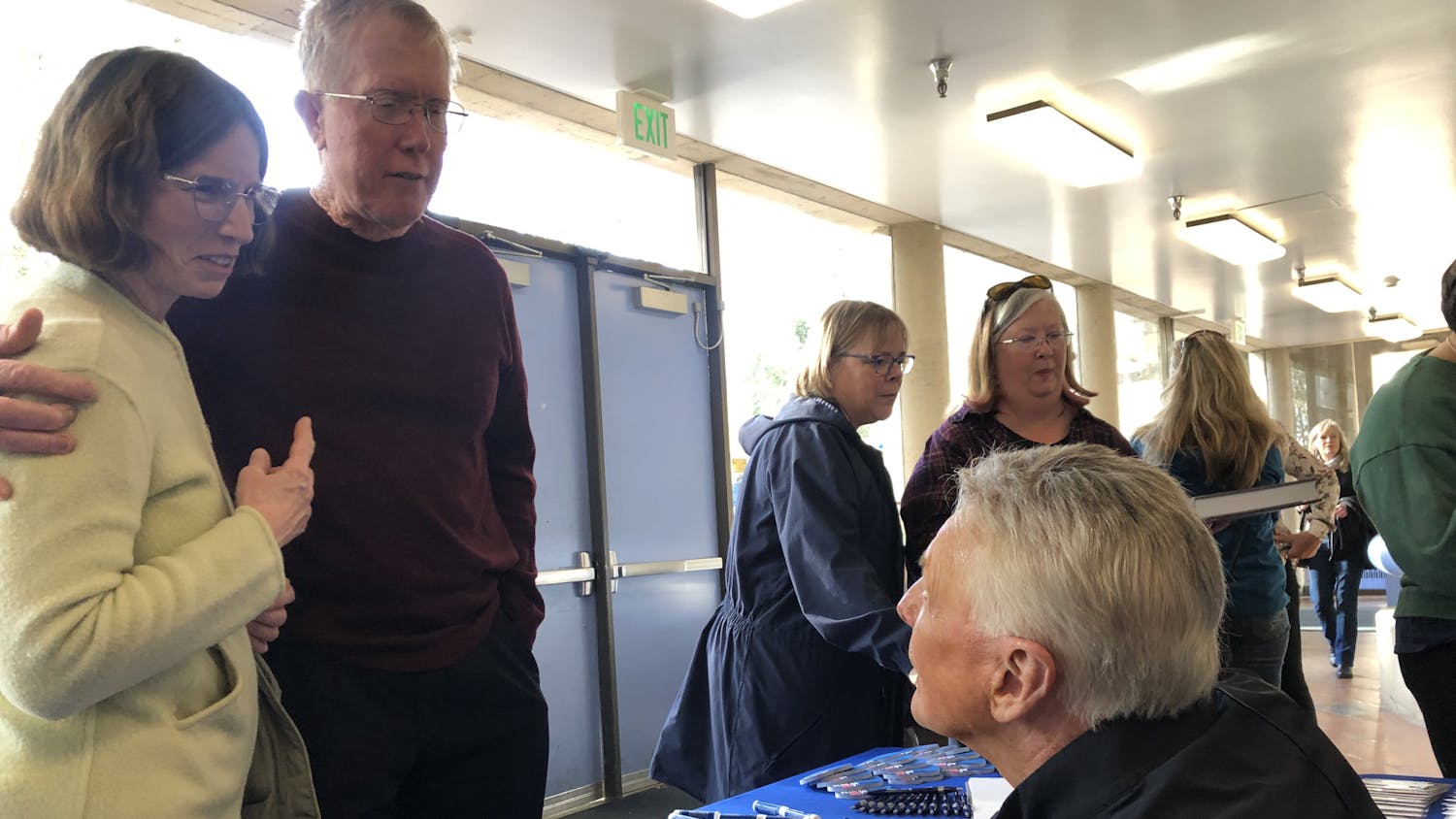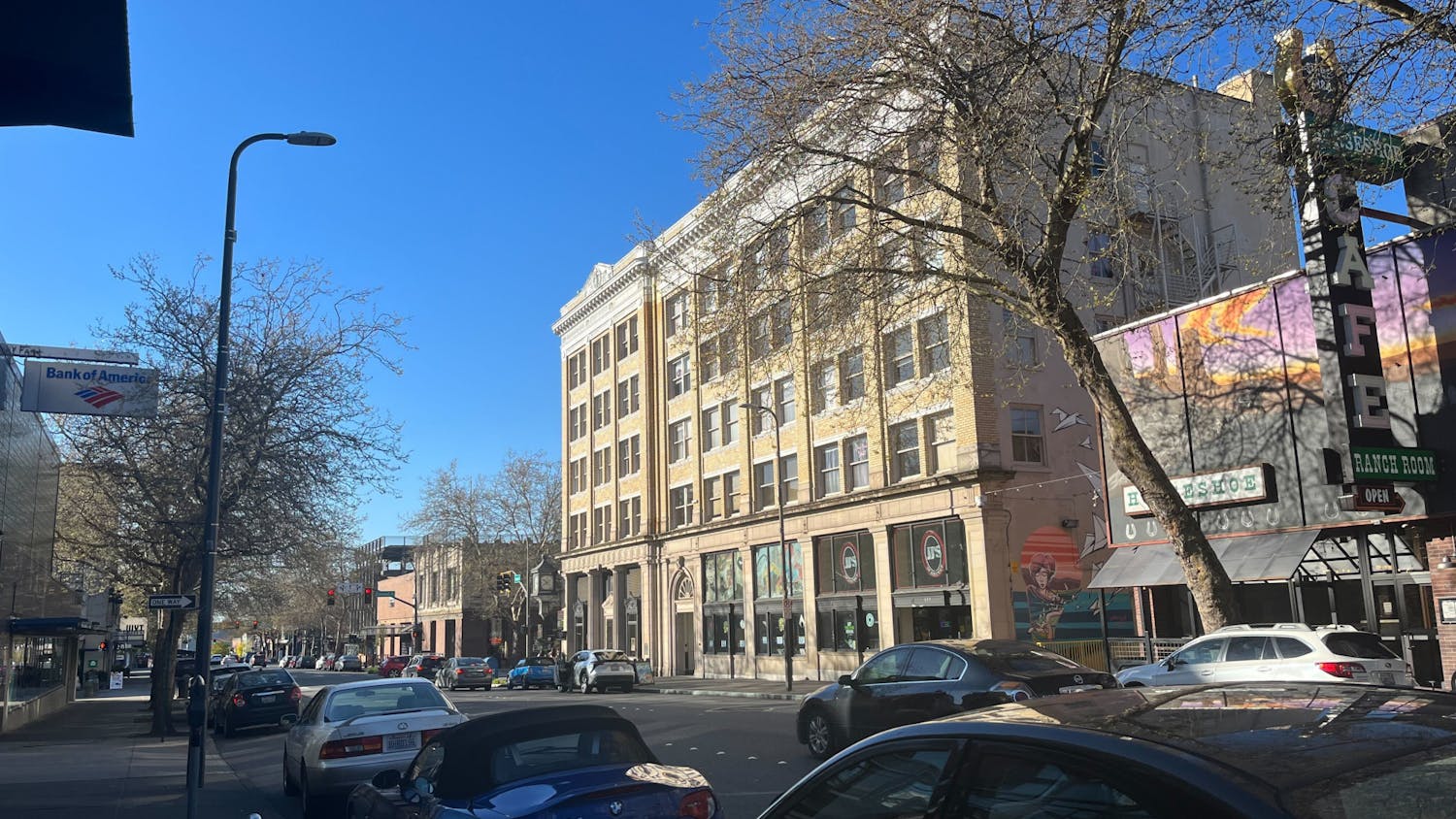If you live in Bellingham, you’re no stranger to rain. For many, it means grabbing an umbrella on their way outside, but for Whatcom residents like John Heptonstall, it provides water to their homes.
When Heptonstall moved outside the city limits for water, he couldn’t use the water supply most residents use. He switched to harvesting rainwater out of necessity. Now, he uses it for all his household’s water needs, including drinking water.
Rainwater harvesting is collecting rainwater for personal and commercial use, although each state has its own regulations. It can be used for everything from watering plants to drinking water.
“It's really nice water,” Heptonstall said. “I can drink it straight from the faucet, it tastes great.”
Rainwater is an abundant resource in the Pacific Northwest. However, many people are unaware rain can be useful beyond making their shoes soggy.
“I think a lot of people, when we said we were doing rainwater now, were like, oh my god, does that work?” Heptonstall said. “It actually works really well but I think there's been a bit of fear or kind of unknown[s] around it.”
Heptonstall collects water runoff from the roof of his house. That water then goes through a filter that ensures the water is safe for consumption before being used by Heptonstall’s household.
One of the concerns Whatcom resident Brendon Orth-Sheridan encountered when installing his rain collection tanks was how it would affect community water sources.
“I do know that some people feel that it's taking away from other people, you know, like going back into the water system,” said Orth-Sheridan, who has used rainwater in his garden for seven years. “You're not really missing anything here, it's free for everybody.”
Collecting rainwater that would otherwise be left on impenetrable surfaces is beneficial to the environment, said Brooke Love, an associate professor of environmental science at Western Washington University.
“If you keep it, retain it and then you put it out on your garden more over time, that's actually in a way simulating some of the properties that a more forest-like landscape would have,” said Love.
People have collected rainwater throughout history. Charles Jacob Huxford was inspired to start his own rainwater harvesting business after studying abroad in Kefalonia, Greece. There, he revived rainwater-based systems that were hundreds of years old.
“We've been recycling the same water for centuries, for as long as we can remember,” said Huxford, founder of Northwest Rain Solutions.
If people continue using that water at a depleting rate, they will need to find ways to offset it to combat water shortages, Huxford said. Water conservation becomes increasingly important as climate change affects natural resources.
As populations increase, competition for water sources increases, leading to water shortages, according to the Environmental Protection Agency.
“We don't know the true impacts of climate change and how that will impact this resource,” said Justin Clary, general manager of Whatcom Water and Sewer District and chair of Whatcom Water Alliance. “So putting measures in place today that can plan and help mitigate impacts on that resource in the future is critical to saving that resource.”
The EPA estimates the average individual uses 82 gallons of water per day.
Bellingham made a commitment to water conservation in 2009. They continue to promote water conservation by offering rebates for switching to water-saving appliances and voluntary lawn watering schedules. However, most water conservation relies on individuals.
“I think it'd be great if local governments ran some kind of program like a grant program to have more people collect rainwater,” said Orth-Sheridan.
Bellingham residents interested in rain harvesting need to get approval from the city before installing their own rain collection tanks.
At this time, creating a rain harvesting system on a city scale would not be cost-effective for customers, said Clary.
Despite the rainy climate in the Pacific Northwest, reducing the strain of high water use and extensive treatment on Lake Whatcom is important during drier seasons.
The city of Bellingham tries to keep water levels 314 feet and 6 inches above sea level. This is important to meet drinking water needs and support the Chinook salmon habitat.
Algal bloom during the summer can cause a decrease in water quality, which means more energy goes into treating the water, said Love.
“The less water that we use, especially in the summertime, the higher the quality of water that the drinking water plant can provide to us,” she said.
Rain harvesting gives people a sustainable way to supplement the water they would otherwise get from Lake Whatcom.
“If you were able to offset that with rainwater catchment, then in a way, you're more sustainably using that resource,” Huxford said.
Jenna Millikan (she/her) is a city news reporter for The Front this quarter. She is a third-year student majoring in journalism with a minor in political science. When not reporting, she enjoys cheesy movies, reading and drinking too much coffee.
You can reach her @jennamillikan.thefront@gmail.com






